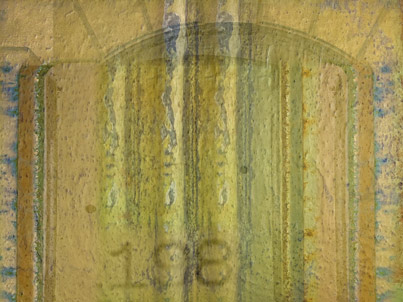Massive hydraulic fracking with nuclear bombs must have seemed like a good idea at the time.
In the mid 1960s, energy company geologists had hit the jackpot. Actually, what they hit was a collection of a blemished natural gas jackpots, each of which came with a hitch.
The rocks saturated with gas had low permeability. Gas couldn’t be extracted at a profit, not with existing technologies.
Enter the federal government and its nuclear weapons. Caught up in the atomic optimism of the moment, Washington hopped in bed with a handful of oil and gas companies.
The first underground nuclear explosion designed to fracture rock formations, so gas could be recovered was detonated. It took place outside Farmington, New Mexico in December 1967.
Six years before the Arab oil embargo redefined how oil and gas were produced and priced, a 29-kiloton nuclear bomb was detonated. This was the first, and not the last, of our flings with nuclear fracking.
Scientists with the U.S. Atomic Energy Commission, guided by the U.S. Bureau of Mines, and in partnership with The El Paso Natural Gas Company, positioned the bomb in a shaft 4,042 feet below ground.
El Paso Natural Gas is now owned by Kinder Morgan.
The blast carved a cavern 333 feet tall and 160 feet in diameter. The cavern then collapsed and sent fractures running below ground for hundreds of feet.
…
The second detonation of a nuclear device took place less than two years later, outside Rulison, Colorado.
This time, the bomb was significantly larger, 43 kilotons, and it was lowered deeper, set to detonate at 8,442 feet. The government’s private sector partners were two Houston firms, Austral Oil and CER Geonuclear.
Austral closed its doors in 1978. CER Geonuclear changed its name and later shuttered in 1993.
Included in the photographs taken that day on the Piceance Basin, we see a Congressman from California, Craig Hosmer, smiling at the well head. Hosmer was the ranking Republican on both the House Interior Committee and the Joint Committee on Atomic Energy.
…
The third nuclear blast took place May 17, 1973, near Rifle, New Mexico. This time, three separate devices were lowered into the shaft, down to three different depths.
Together, the bombs unleashed a 99-kiloton explosion. The Atomic Energy Commission welcomed back CER Geonuclear Corporation along with the Continental Oil Company, now known as ConocoPhillips.
A year later, the government decided nuclear fracking probably wasn’t a very good idea. There was a new opportunity. Scientists had turned their attention to hydrofracking.
Left behind were untold levels of tritium, not one of our most dangerous isotopes, but sufficiently radioactive to engage the Department of Energy Office of Legacy Management.
The cleanup projects following the massive hydraulic fracking with nuclear weapons have been completed, at least for now. Each of the three sites has been sealed. The Department of Energy and the Environmental Protection Agency are monitoring them.
We are assured there have been no leaks.






